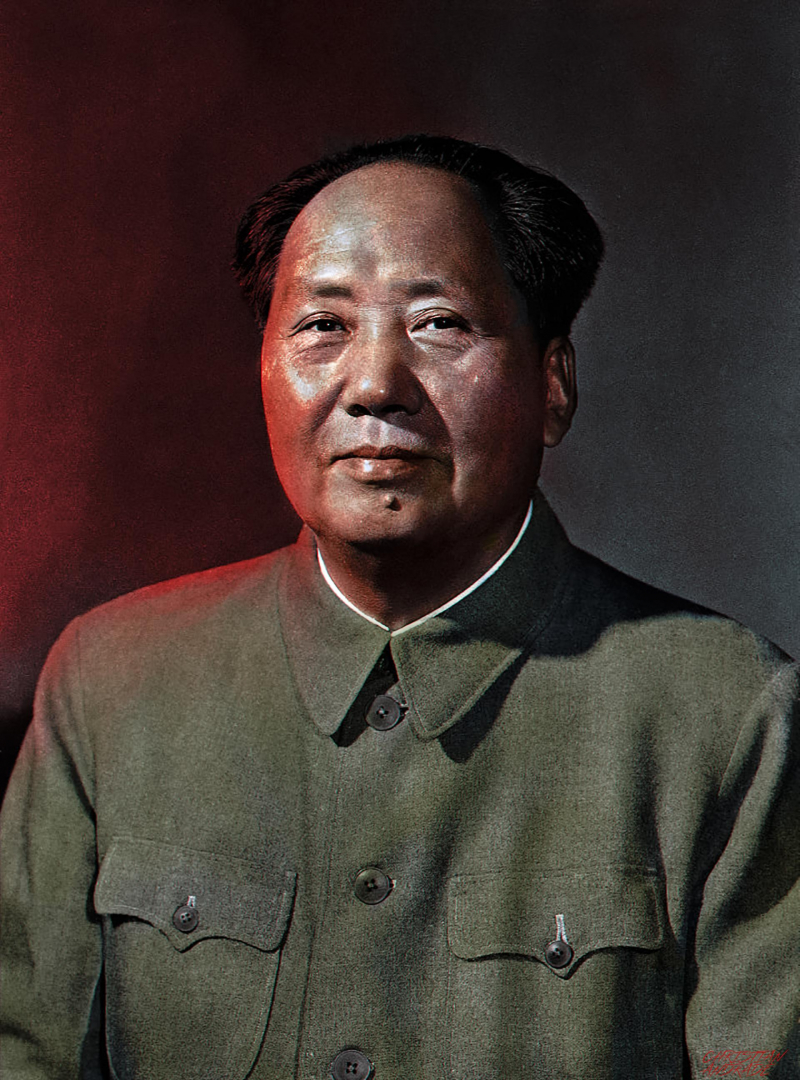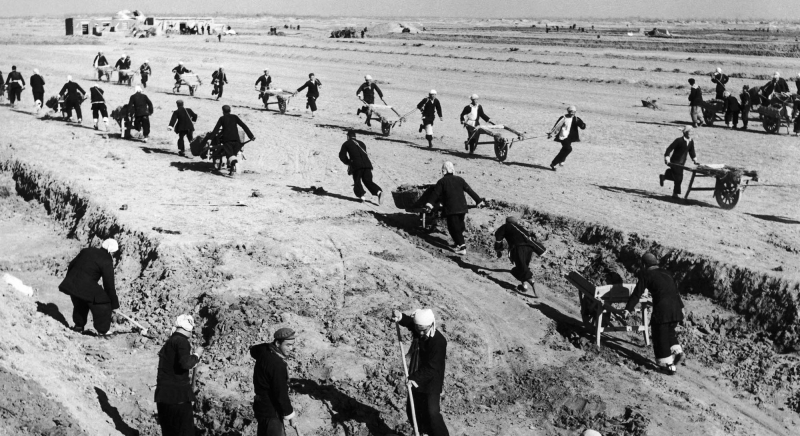Mao Zedong’s agricultural mistakes led to the Great Chinese Famine

Personal biases or opinions as well as a lack of perspective on the wider picture have contributed to some of history's biggest errors. Millions of people perished during the Great Chinese Famine, which occurred between the years of 1959 and 1961 (estimates range from 15 million to 55 million), and it might not have occurred if it weren't for Mao Zedong's steadfast hatred for different "pest" species, including sparrows.
The Four Pests Campaign, which aimed to rid China of rats, flies, mosquitos, and sparrows, was one of the initial programs of the Chairman's Great Leap Forward strategy. Rats, flies, and mosquitoes are well-known pests and are all known disease vectors, so it's easy to understand why a nation would wish to get rid of them. Sparrows are an agricultural nuisance, even though they aren't particularly good at spreading disease.
They mostly eat grains and fruit, and in a society that depends significantly on grains as staples (especially rice), sparrow predation of crops results in severe losses. Additionally, the Communist government enacted collectivist policies and other agricultural "reforms" that disregarded the fundamental principles of agriculture (such as crowding plants of the same kind together under the presumption that they wouldn't compete with one another and deep plowing, which is unsuitable for the rocky, sandy soils that make up much of China).
Since sparrows consume a lot of insects, trying to eradicate them led to a reduction in efficient pest control and an increase in insects that more quickly destroyed grain production. This led to a loss of more than 30% of productivity, which was further exacerbated by poor agronomy policy and unfavorable weather. This led to widespread famine and death as a result. Millions of lives might have been saved if Mao Zedong had listened to the warnings of experts in his own nation.
- Year: 1950











